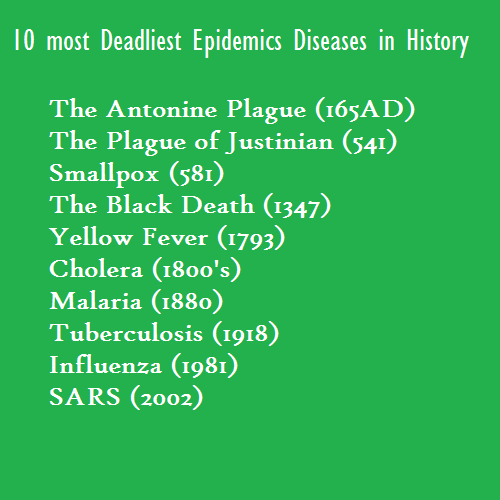
Throughout history, disease has afflicted millions of people in many parts of the world causing much pain and suffering in the form of illness, disability, and death. The word pandemic means an epidemic of infectious disease that has spread through human populations across a large geographic region; for instance multiple continents, or even worldwide. Pandemics originate from microscopic enemies, such as parasites, viruses and bacteria, which may be passed to us from infected people,animals, or insects.
1. The Antonine Plague (165 AD)

As Roman troops returned home from Mesopotamia around 165 AD, they unknowingly brought back a disease, which eventually killed five million people over the next ten years; a 25% mortality rate. The Antoine plaque was probably caused by Smallpox.
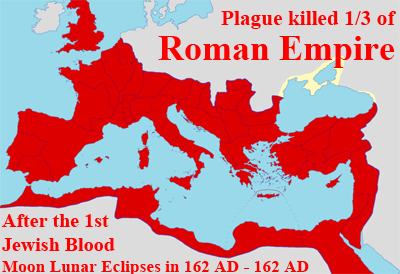
This outbreak killed more Romans than any other outbreak, which had a dramatic effect on the Roman Empire, resulting in severe weakening of the troops and coincided with the decline of the Roman Empire after a 300-year reign.
2. The Plague of Justinian (541)
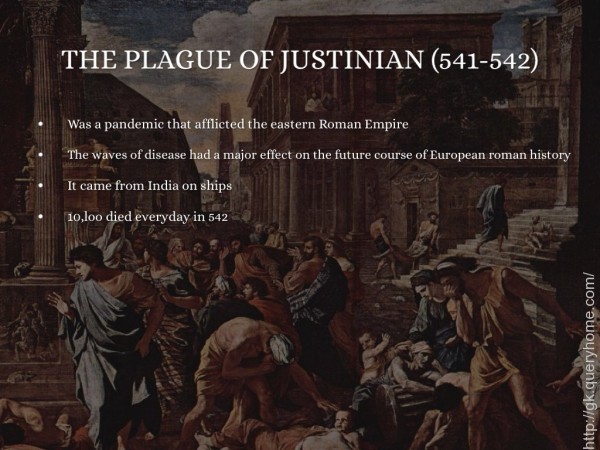
This was a particularly devastating pandemic killing up to 10,000 people a day in Constantinople alone. A disease, that is now believed to be the bubonic plague, claimed half the population of Europe in 541AD estimated at 25 million, which resulted in a serious labor and military shortage, resulting in the decline of the Byzantine Empire.

It all started when a ship with rat-infested grain arrived in Constantinople, the capital of the Byzantine Empire and then went onto Egypt. Of course, the rats were infected with fleas that carried the Yersinia Pestis bacteria, responsible for Bubonic Plague.
3. Smallpox (581)

Following a 12,000-year scourge, smallpox claimed between 300 and 500 million lives. Now it has been eradicated through successful worldwide vaccination. Over time, Smallpox ravaged the world as a contagious and fatal disease that caused raised bumps, or ‘pox’ over the kin of a person’s face and body and multi-system failures killed 30% of its victims.

Interestingly, our presidents George Washington, Andrew Jackson, and Abraham Lincoln all contracted and recovered from smallpox. The last case in the United States was in 1949. Although the variola virus is eradicated, there is concern that the virus could be used as a bioterrorism agent.
4. The Black Death (1347)

This could be the most infamous of all pandemics eventually claiming up to 375 million lives as it ravaged Europe and spread into Asia in the 14th century. Often referred to simply as The Plague it was transmitted by rats and fleas and even respiratory droplets spread when coughing.

Starting in 1331, it is estimated to have claimed 30-60% of the population of Europe.
5. Yellow Fever (1793)

This disease is related to malaria in that it spreads from person to person through infected mosquitoes. Responsible for taking millions of lives and wiping out entire colonies and villages during the time of Napoleon’s reign, yellow fever still persists in areas of Africa and South America. While some infections are less severe than others, it is a life-threatening disease that can cause severe internal bleeding and liver failure, which is marked by the yellowing of the skin – prompting this disease’s name.
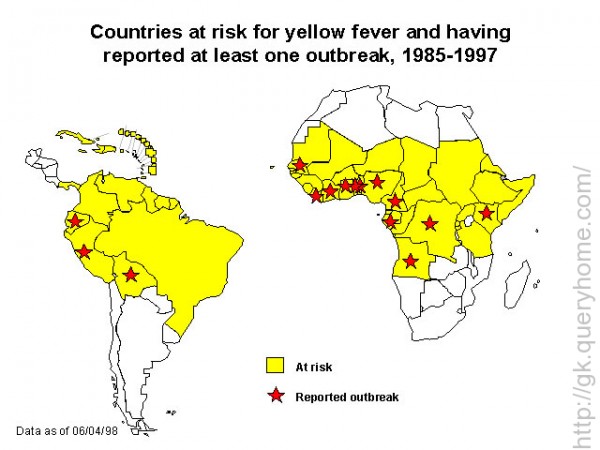
The most famous Yellow Fever epidemic occurred in 1793 in the Untied States in Philadelphia, PA, when over 4,000 people died in a span of only four moths. Today, the disease still exists, and there are an estimated 200,000 cases of yellow fever, causing 30,000 deaths worldwide each year.
6. Cholera (1800's)

Cholera is an acute intestinal infection caused by the bacteria Vibro cholera, which lives in contaminated water or food and can kill within hours if left untreated. Of the three to five million cases of Cholera every year, 100,000 to 120,000 result in death following severe fluid loss and diarrhea in excess of 10 liters per day.
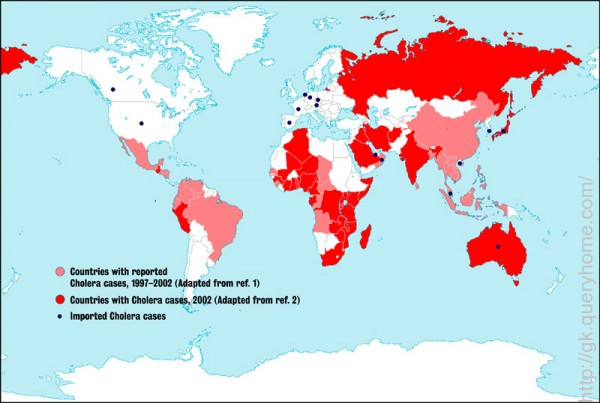
Fortunately, most cases can be treated successfully with simple oral rehydration. Cholera can be prevented with clean water and sanitation systems and is a very rare occurrence in industrialized nations.
7. Malaria (1880)

Malaria affects many tropical regions of the world including Africa, Asia, parts of the Americas, infecting over 200 million people and killing an estimated 660,000 every year. It is caused by a parasite that breeds in infected mosquitos and is passed to people through a mosquito bite. Malaria is preventable and treatable, but without intervention, symptoms may become life threatening.
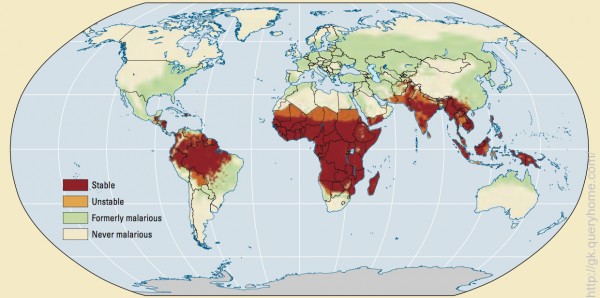
Today, there are 104 malaria-endemic countries, where the notorious mosquito threatens both natives and travellers to those countries. Common preventive measures include mosquito netting, pesticides, and anti-malarial drugs.
8. Tuberculosis (1918)

Strains of this disease have been traced back to the DNA of ancient Egyptian mummies, revealing that this epidemic has been wreaking havoc on humanity for thousands of years. Caused by a bacteria that spreads through the air, this disease attacks the lungs and causes internal weakness, chest pains, night sweats, and terrible fits of coughing.
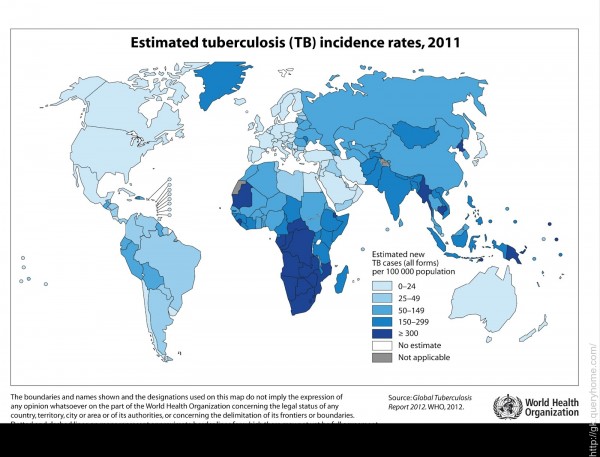
In the 19th century, tuberculosis killed an estimated one-quarter of the adult population of Europe, and by 1918 one in six deaths in France were still caused by TB. Today, the disease is still around, affecting nearly 8 million people a year and leading to the death of about 2 million of those infected.
9. Influenza (1981)

Influenza is the 7th largest killer in the U.S. today. Over the past 300 years, this virus has been responsible for three pandemics including the H1 Spanish Flu, H1N1 Swine Flu, and the H5N1 Avian (Bird) Flu. In 1918, the Spanish Flu devastated the population killing 50 million people. The most recent strain of Avian (Bird) Flu, the deadly virus known as H5N1, occurred in 2009.
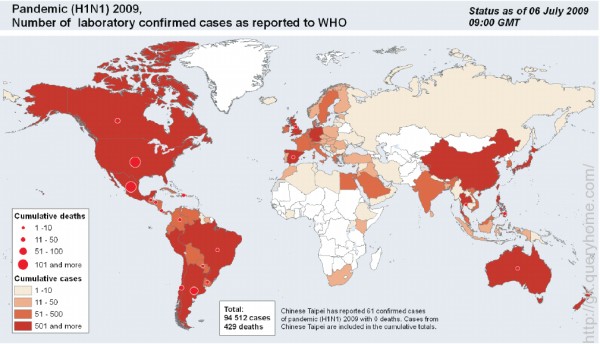
This virus is highly contagious causing serious outbreaks in domestic poultry in Asia and the Middle East. Although it usually doesn’t infect humans, there have been over 600 cases reported in 15 countries since 2003.
10. SARS (2002)
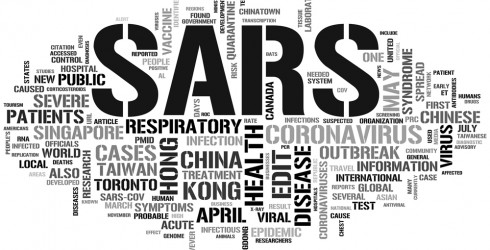
Severe Acute Respiratory Syndrome (SARS) is a serious case of pneumonia, which was first reported in 2003 when an outbreak spread across numerous countries in North and South America, Europe, and Asia. Originating in China, the virus spread from small mammals to people infecting over 8,000 people in a matter of weeks and took 774 people lives. Although SARS did not claim a large number of lives, it made the top ten list because it is demonstrates viral mutation from an animal to human infection and changed the way we respond to global spread of infectious disease with the current fluidity of worldwide travel.
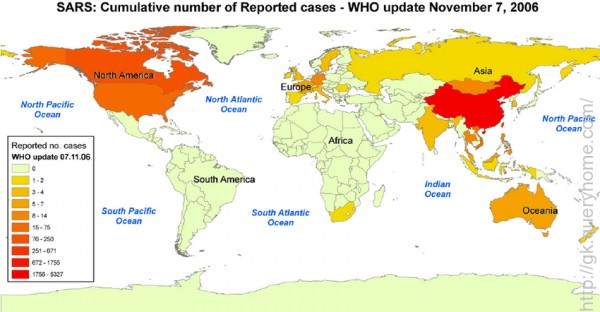
SARS is caused by the coronavirus, and is spread much like the common cold, through close person-to-person contact and respiratory coughs and sneezes. Fortunately, there have been no further outbreaks of SARS, although the World Health Organization has designated it as a global threat.
